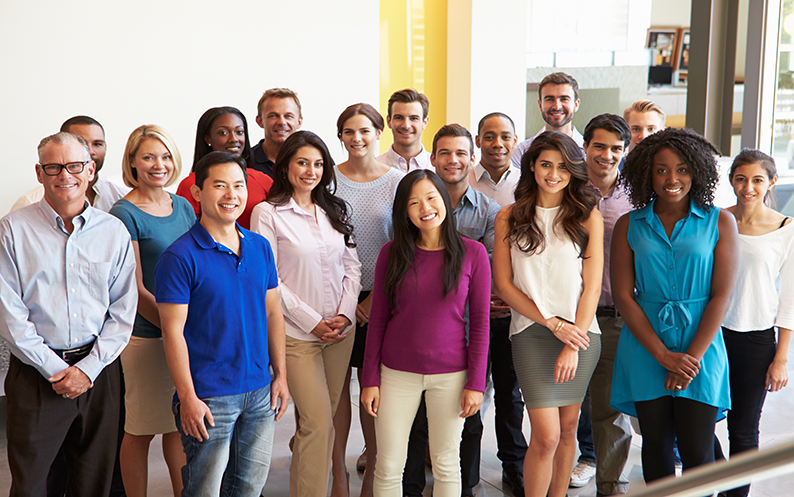Aside from the amazing athletic events, the inspirational feats achieved, and the great sportsmanship displayed throughout the 2010 Olympic and Paralympic Winter Games, what was it about the Games that made it such a wonderful, energizing and community-building experience in Whistler and in Vancouver? It was the public spaces our typical streets, parks, civic centres that were converted into hubs of activity: music, arts, celebrations, dance, food. These were the gathering places that brought together people of all ages, backgrounds, origins and countries to celebrate, connect, and have fun all important elements of a vibrant community. What attracts most other people, it would appear, is people. (William H. Whyte)
Why are public spaces so important to community vibrancy? Public spaces bring people together, and together, people create a sense of place and stronger community. Placemaking is not just the act of building or fixing up a space, but a holistic approach to creating vital public destinations that promote community commitment and involvement. It capitalizes on a community’s assets, inspiration, and potential, creating good public spaces that promote health, happiness, and well-being. (Project for Public Spaces) By providing a public place for people to congregate, many great things can happen. Here are just some examples:
-
Identifying a community vision
-
Seeding conversations for creating the future
-
Putting people first for example, if you plan communities for cars and traffic, you get cars and traffic. If you plan for people and places, you get people and places.
-
Providing place for public markets supporting local farmers and food, and getting people close to their food sources
-
Spontaneous dancing in the streets
-
Creating vibrant downtowns great for local business
In Whistler, the success of Whistler Live! was apparent in all the plazas that were animated with music, video, awards ceremonies, and other activities that drew people out in all weather conditions. It didn’t seem to matter what band was playing on the stage; people congregated to be with other people, to soak in the festive atmosphere, and to partake in the vibrancy that seemed to permeate the air throughout the community. It’s the main reason why Whistler designed the pedestrian-oriented Village to create a sense of vibrancy and place, and the Winter Games was a fantastic way to take advantage of the Village structure and animate it even more.
Learning from Project for Public Spaces (PPS), a successful place has four key qualities: sociability; uses and activities; access and linkages; and comfort and image. PPS uses the Power of Ten concept to think about places beyond singular uses, activities and features to create great places: Each place needs 10+ things to do; a destination needs 10+ places; a city/region needs 10+ major destinations.
When we think of the places created during the Games, they fulfilled the 10+ things to do rule…..so when we think of our own communities every day, do they meet the Power of Ten concept, and if not, how can we create places that do?
By Cheeying Ho

